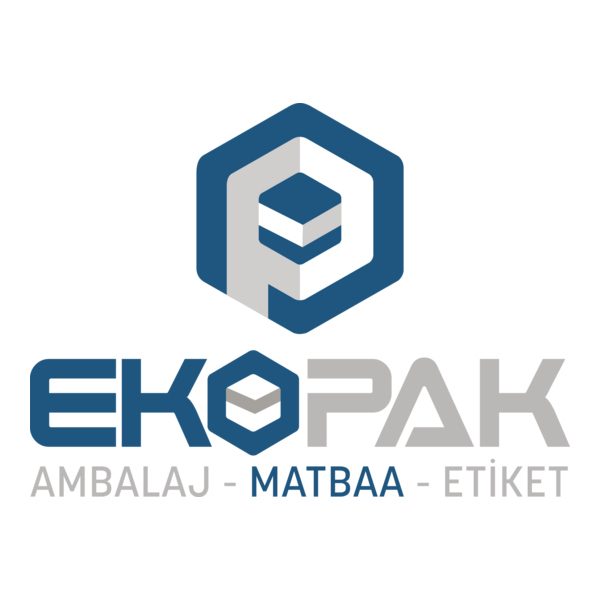
EcoPackAI: Complete Buyer's Guide
AI packaging design generator targeting material optimization and sustainability compliance
EcoPackAI operates in a rapidly expanding market segment projected to grow from $2.7 billion (2024) to $6.47 billion by 2034 at a 10.28% CAGR[2], with generative AI applications showing the most aggressive trajectory at 29.55% CAGR[7]. The vendor differentiates through its multi-agent architecture employing specialized Design, Predictive, Material Optimization, Quality Control, and Sustainability agents[26], directly addressing the systemic challenge where traditional packaging design processes consume 3-6 weeks per project with material waste averaging 15-20%[9][12].
Market Position & Maturity
Market Standing
EcoPackAI operates within a rapidly expanding market segment projected to grow from $2.7 billion (2024) to $6.47 billion by 2034 at a 10.28% CAGR[2], with the broader AI-enabled packaging market reaching $113.9 billion in 2024 and projected to hit $284 billion by 2034[1].
Company Maturity
The vendor's sustainability-focused positioning aligns with critical market drivers where 79% of major CPG companies target fully recyclable packaging by 2030[28][33].
Longevity Assessment
Vendor stability assessment requires evaluation of EcoPackAI's ability to navigate the technical debt risks where early adopters report integration costs exceeding initial projections[17][18], while competing against established players with proven PLM system integration capabilities.
Proof of Capabilities
Quantified Outcomes
EcoPackAI's material optimization capabilities demonstrate measurable impact through documented 18% plastic reduction achievements[27][37], positioning the vendor within the broader market evidence showing material optimization implementations achieving 15-25% material savings[12][18][37].
AI Technology
EcoPackAI's multi-agent architecture represents a sophisticated approach to AI packaging design, employing specialized agents for Design, Predictive analytics, Material Optimization, Quality Control, and Sustainability compliance[26].
Architecture
The vendor's technical approach addresses data quality requirements where organizations need minimum 500 product SKUs for effective algorithm training[9][17], while managing the reality that 60% of deployments face delays from inconsistent historical design data[34][36].
Primary Competitors
EcoPackAI competes within a three-tier market structure featuring enterprise platforms, specialized tools, and emerging innovators. Enterprise platforms including Adobe Express and Canva Magic Studio offer broad creative suites with AI packaging modules[8][15]. Specialized tools represent EcoPackAI's direct competitive tier, including Packify.ai with chat-based design interfaces[8][14][23], and Pacdora delivering 3D mockups and dieline generation[8][14].
Competitive Advantages
EcoPackAI's material optimization focus addresses the market gap where only 40% of tools integrate with PLM systems[17][18]. The vendor's multi-agent architecture contrasts with simpler chat-based approaches, potentially delivering deeper optimization capabilities for organizations willing to invest in 6-9 month production validation timelines[27].
Market Positioning
EcoPackAI's sustainability-focused positioning may limit appeal for organizations prioritizing design speed over material optimization.
Win/Loss Scenarios
Win/loss scenarios favor EcoPackAI when organizations prioritize material waste reduction and sustainability compliance over general design automation, particularly in food/beverage sectors with high-volume SKU requirements. The vendor loses when companies need faster deployment timelines (2-4 weeks vs 6-9 months) or chat-based simplicity over multi-agent complexity.
Key Features

Pros & Cons
Use Cases
Featured In Articles
Comprehensive analysis of AI Packaging Design Tools for AI Design for AI Design professionals. Expert evaluation of features, pricing, and implementation.
How We Researched This Guide
About This Guide: This comprehensive analysis is based on extensive competitive intelligence and real-world implementation data from leading AI vendors. StayModern updates this guide quarterly to reflect market developments and vendor performance changes.
126+ verified sources per analysis including official documentation, customer reviews, analyst reports, and industry publications.
- • Vendor documentation & whitepapers
- • Customer testimonials & case studies
- • Third-party analyst assessments
- • Industry benchmarking reports
Standardized assessment framework across 8 key dimensions for objective comparison.
- • Technology capabilities & architecture
- • Market position & customer evidence
- • Implementation experience & support
- • Pricing value & competitive position
Research is refreshed every 90 days to capture market changes and new vendor capabilities.
- • New product releases & features
- • Market positioning changes
- • Customer feedback integration
- • Competitive landscape shifts
Every claim is source-linked with direct citations to original materials for verification.
- • Clickable citation links
- • Original source attribution
- • Date stamps for currency
- • Quality score validation
Analysis follows systematic research protocols with consistent evaluation frameworks.
- • Standardized assessment criteria
- • Multi-source verification process
- • Consistent evaluation methodology
- • Quality assurance protocols
Buyer-focused analysis with transparent methodology and factual accuracy commitment.
- • Objective comparative analysis
- • Transparent research methodology
- • Factual accuracy commitment
- • Continuous quality improvement
Quality Commitment: If you find any inaccuracies in our analysis on this page, please contact us at research@staymodern.ai. We're committed to maintaining the highest standards of research integrity and will investigate and correct any issues promptly.